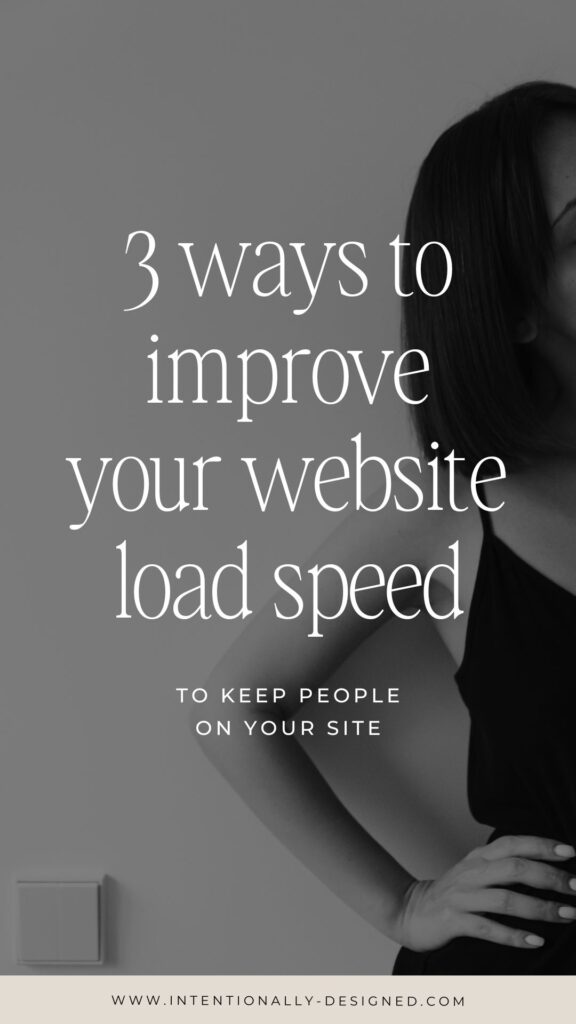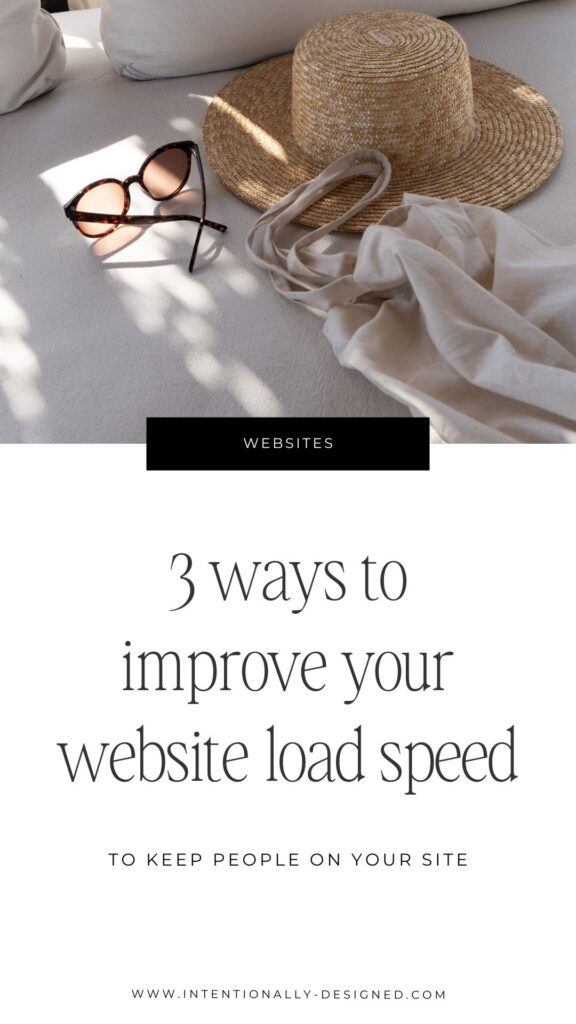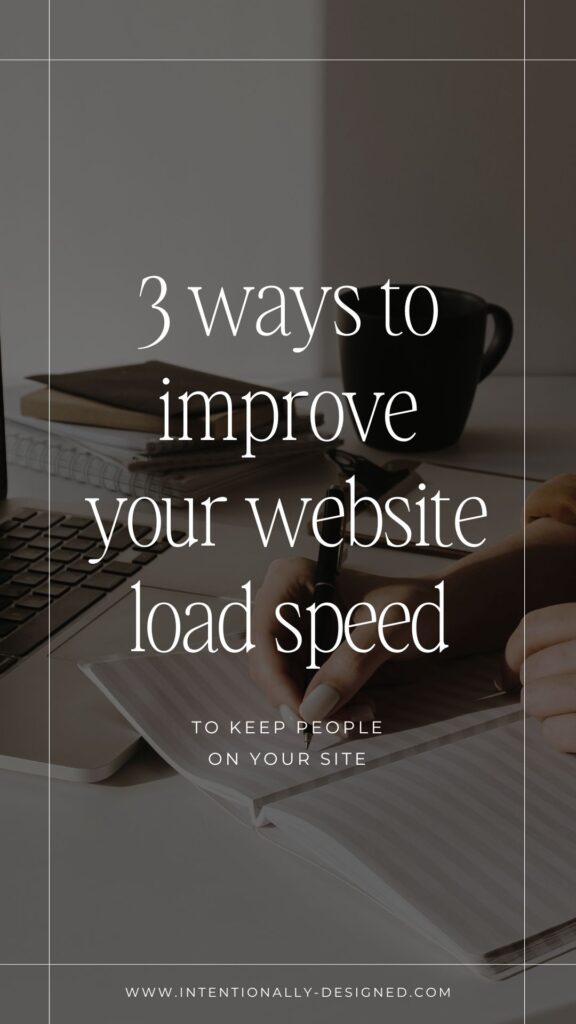Fast-loading websites provide a better user experience, as visitors are less likely to abandon a site that loads quickly and efficiently. Also, faster load times can lead to higher conversion rates, as users are more likely to engage with and purchase from a website that responds promptly to their actions. When we have less than 6 seconds to impress our visitors, it doesn’t take long for them to decide if they want to stay and learn more or run away quickly. Here are 3 quick ways you can improve your website load speed so you can enhance user satisfaction, boost search visibility, and ultimately drive better business results.
Hosting
Load speed can be contingent on your hosting provider. Hosting is something you seriously want to consider before committing to a provider; comparing the reviews of each hosting service before committing to one, particularly with regard to downtime (you want this to be extremely low) and download speed (the higher the better) is the best bet. If you have a high volume of traffic to your site you might want to consider upgrading from the standard ‘shared hosting’ to private hosting.
Deactivate and delete unused plugins
There are many plugins on offer that can provide all sorts of advanced functionality to your site, but sometimes, websites are incredibly sluggish to load due to being clogged up with far too many plugins. There’s an element of a ‘child in a candy shop’ when it comes to selecting plugins, in that some business owners and even web designers feel the more the better… but this can seriously impede load speed.
The first place to look is the reviews for the plugin itself, and then if your site is slow to load try using a page speed test with the trial and error method of deactivating each of your plugins to see how they affect the load time of your site. Additionally, if you are not actually using a plugin, then delete it, rather than keeping it on your website installation.
Optimize Images
There are two core aspects to focus on when it comes to how images impact upon the load time of your site; size and format. Many website owners use massive images and then scale them down using CSS.
The best option is to resize your images before you upload them to your site – using an image editor such as Photoshop. Something to consider, however, is that if your image is being viewed on a retina device, then you might want to upload an image scaled at 200% of what you wish it to appear on a web browser – in order to ensure the image is displayed crisply on retina screens.
In terms of the format of your images, JPEG and PNG are the best options. JPEG is the most popular, because some older browsers don’t support JPEG. Try to avoid using GIFs, BMPs or TIFFs.
Recap
Improving the load speed of your website is crucial for several reasons. Fast-loading websites provide a better user experience, increasing the likelihood of engagement and conversions. With less than 6 seconds to captivate visitors, it’s essential to optimize load speed for improved user satisfaction and business results. Three quick ways to enhance load speed include choosing the right hosting provider, deactivating and deleting unused plugins, and optimizing images by resizing and choosing the appropriate format.
More Resources
- How to reduce your website’s bounce rate
- How to create a better user experience on your website
- 7 Website Mistakes that you need to fix today
- FREE Website Image Guide
- Website Planner and Content Workbook
- Showit Website Templates
Save For Later
Enjoy this article and find it helpful? Pin this image on Pinterest so you’ll always have this info on hand!








